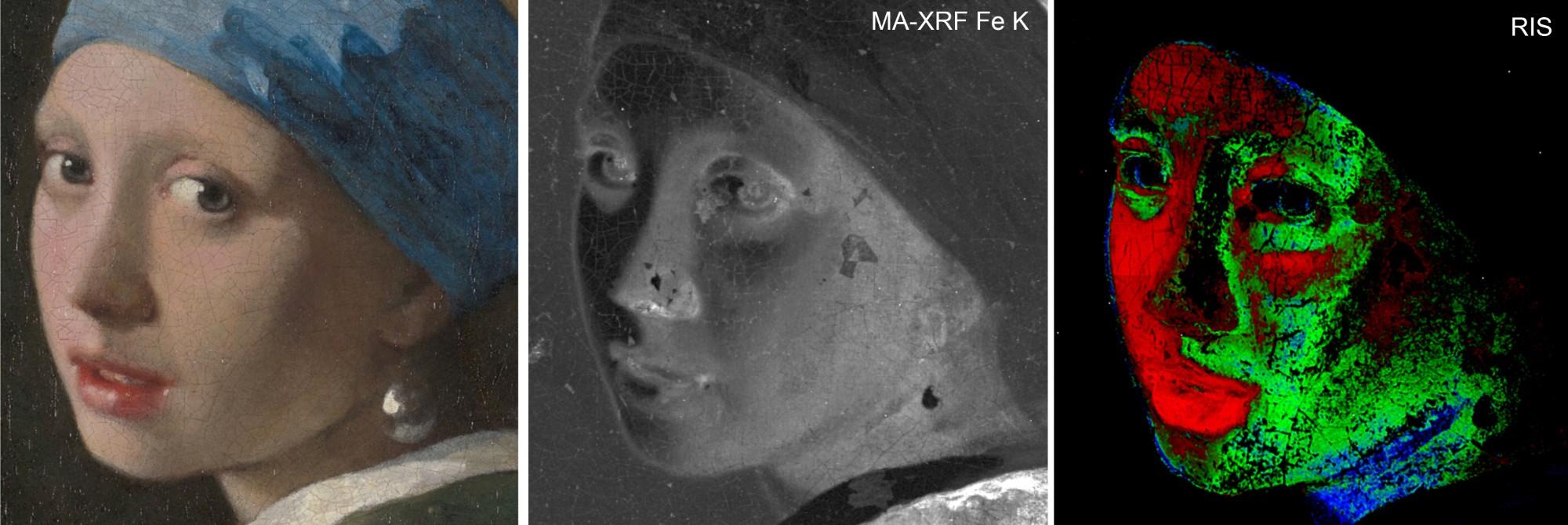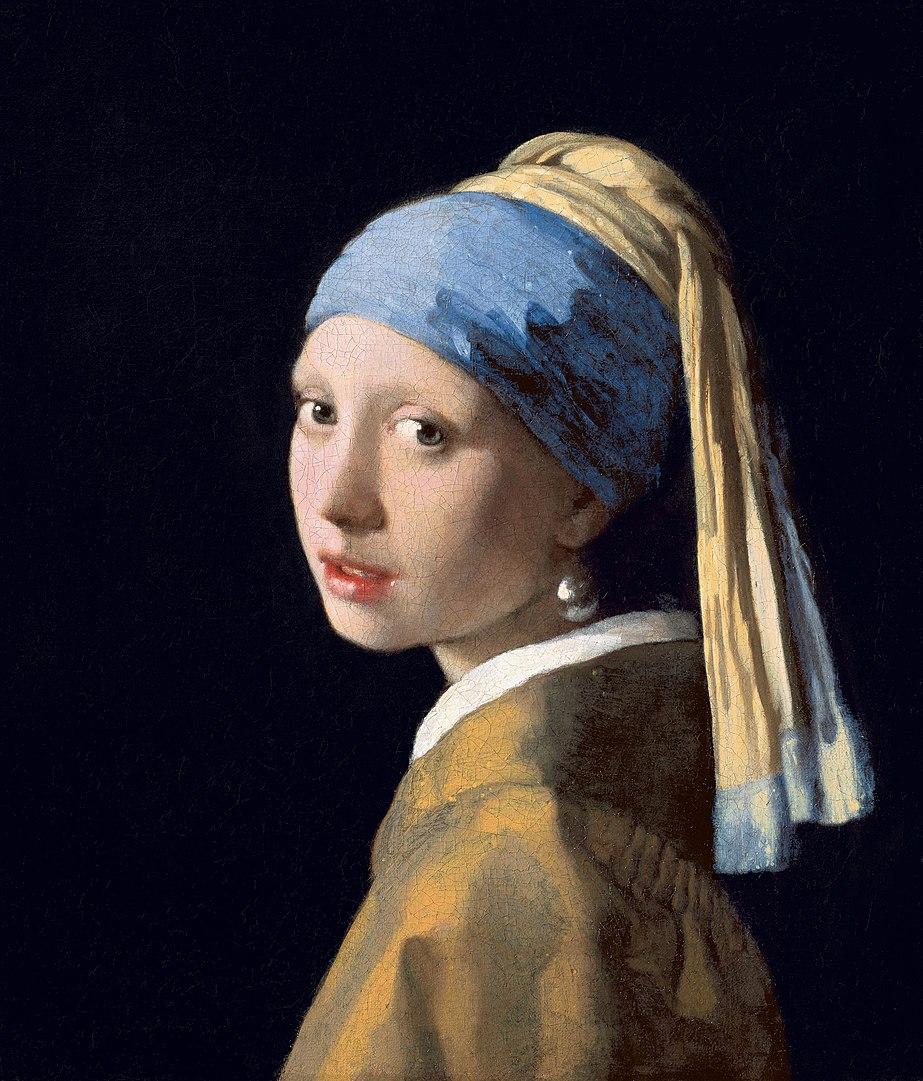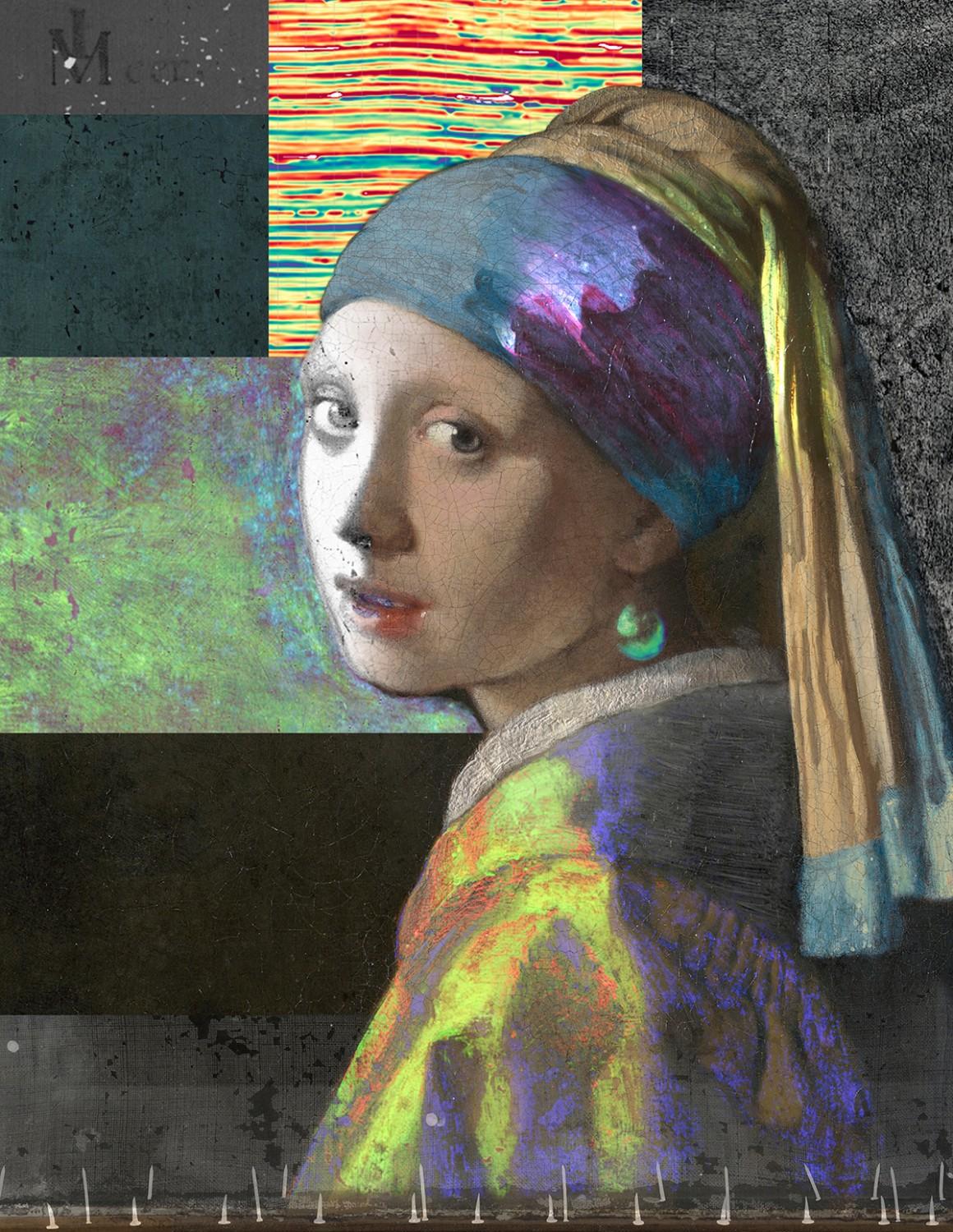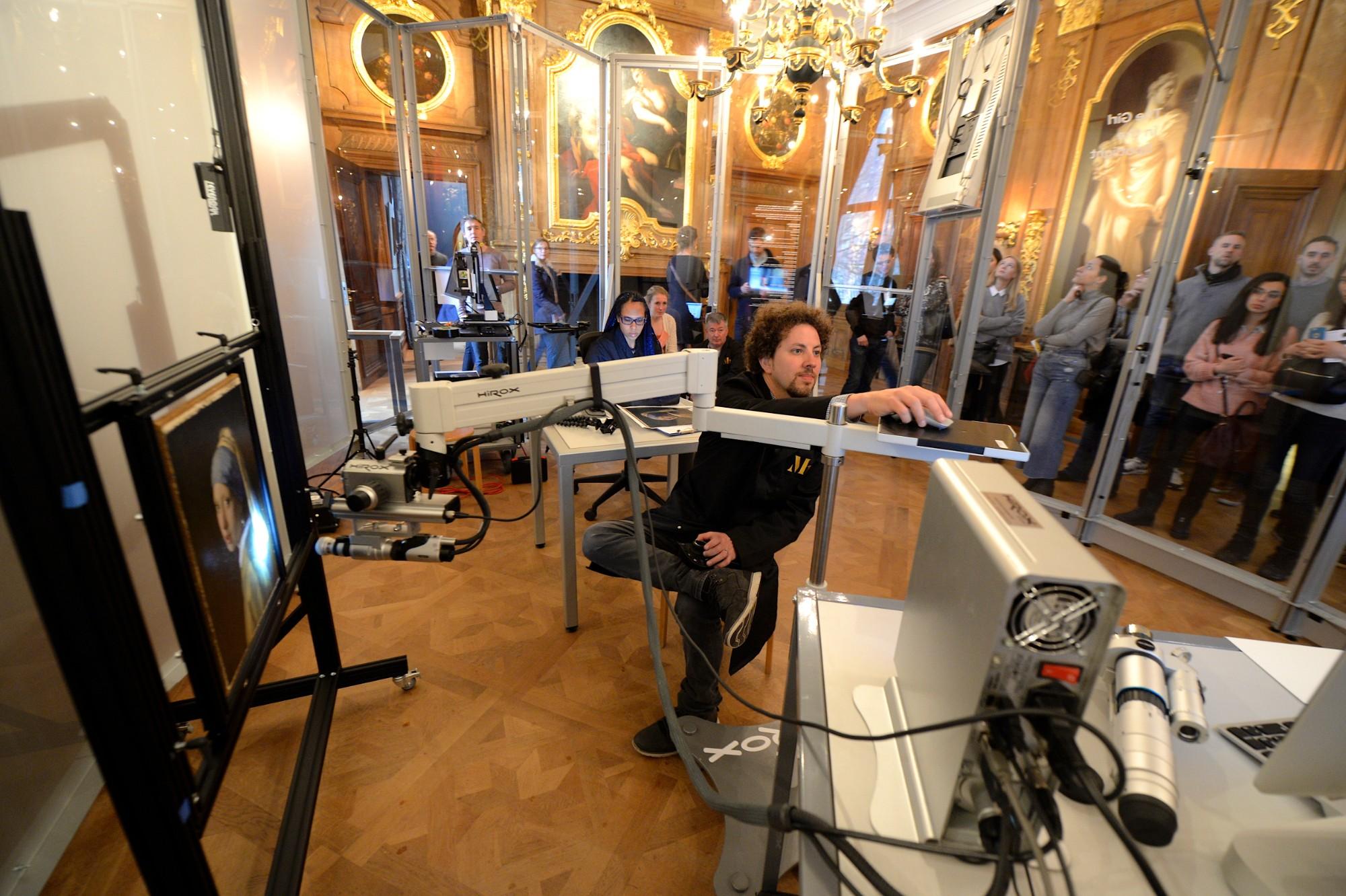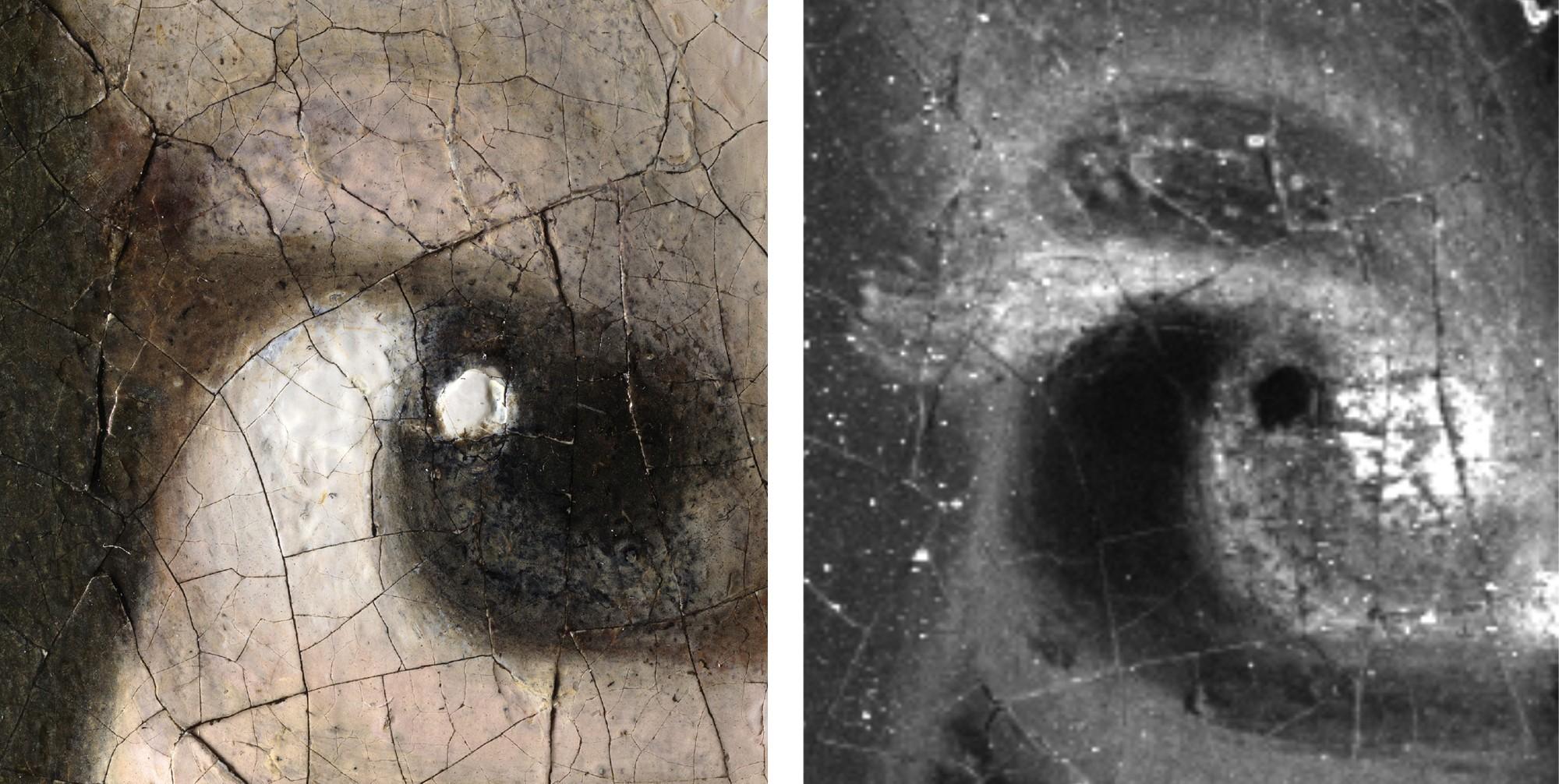The details aside, it has always been her intimate gaze that captures viewers. Gentle and knowing, her look is more familiar than that of subjects of more formal portraits. Much like the Mona Lisa, this mysterious look and all that it may imply have made it the subject of much speculation. The painting has inspired poems and novels, including Tracy Chevalier's 1999 historical novel Girl with a Pearl Earring, which fictionalized the circumstances of the painting's creation. The best-selling novel was made into a film in 2003 and a play in 2008.
This enduring fascination with the painting led researchers to take a deeper look. With new technologies emerging every year, scientists have more and more powerful tools at their disposal to look deep into a painting's depths.




